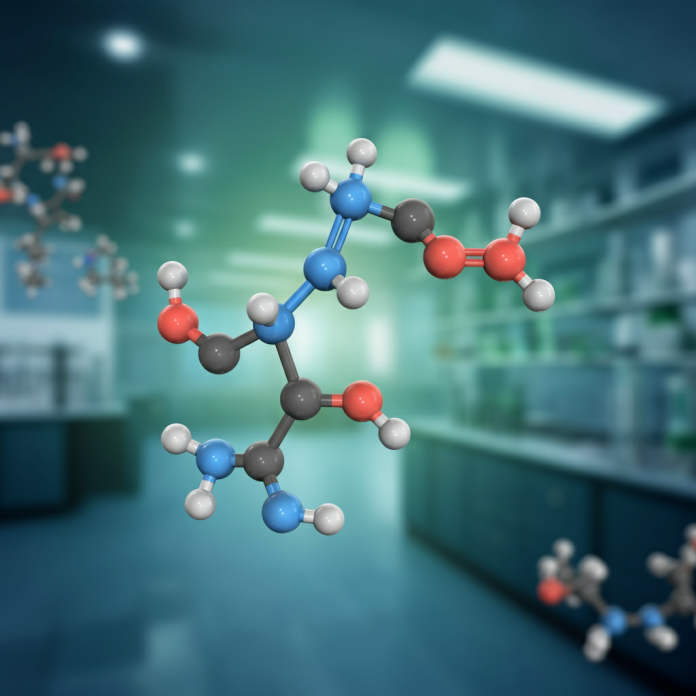Chemistry is often a jigsaw puzzle of elements and compounds, and HCOOCH CH₂ H₂O is one of the more intriguing pieces. This multifaceted compound holds significance across various fields, including biochemistry, industrial chemistry, and sustainable solutions. By breaking down its composition and exploring its applications, we gain a deeper appreciation for its role in science and society.
This blog will guide you through the complexities of HCOOCH CH₂ H₂O, covering its structure, chemical properties, and its uses in both biological systems and industrial processes.
Decoding HCOOCH CH₂ H₂O: What is it?
HCOOCH CH₂ H₂O combines three critical chemical groups that define its reactivity and utility:
- HCOO (Ester Group), a key player in many chemical reactions and fragrances.
- CH₂ (Methylene Group), which acts as a structural bridge.
- H₂O (Water), essential in hydrolysis and biological processes.
Each of these components contributes uniquely to the compound’s properties, making it indispensable in a variety of chemical and industrial contexts.
Breaking Down the Components of HCOOCH CH₂ H₂O
HCOO (Ester Group)
The ester group (HCOO) contains a carbonyl group (C=O) bonded to an oxygen atom linked to an alkyl or aryl group. Esters are celebrated for their pleasant aromas, which makes them crucial in the flavors and fragrances industries. Beyond aesthetics, their reactive nature facilitates processes like hydrolysis and esterification, broadening their application in organic chemistry.
CH₂ (Methylene Group)
The CH₂, or methylene group, bridges the ester group and the water molecule. This simple yet powerful two-carbon chain not only provides structural stability but also impacts the chemical reactivity of the compound.
H₂O (Water)
The water molecule is integral to the hydrolysis process, breaking down larger molecules into smaller ones. Its presence in HCOOCH CH₂ H₂O makes this compound valuable in both biochemical and industrial applications.
Together, these components make HCOOCH CH₂ H₂O a remarkably diverse and functional compound.
The Significance of Esters in Chemistry
Esters in Everyday Life
Esters are prominent in the scents of fruits, flowers, and perfumes, and are also prevalent in various food flavorings. They are formed by reacting carboxylic acids with alcohols, making them easy to tailor for specific purposes in fragrances, solvents, and beyond.
Biochemical Importance
Esters play a vital role in biochemical processes. They are involved in lipid metabolism, where fats containing ester bonds undergo hydrolysis to release fatty acids and alcohols for energy production. Similarly, esters participate in the metabolism of carbohydrates and proteins, cementing their importance in living organisms.
The ester group in HCOOCH CH₂ H₂O exemplifies this functionality, enhancing its relevance in both biological and chemical contexts.
Hydrolysis and Its Applications
Understanding Hydrolysis
Hydrolysis is a reaction where a molecule of water breaks chemical bonds. For compounds containing ester groups like HCOOCH CH₂ H₂O, hydrolysis results in the formation of formic acid and methanol, two substances with broad industrial and biological uses.
Role in Digestion
In biology, hydrolysis is a fundamental process. It helps break down macromolecules like fats, proteins, and carbohydrates into smaller, absorbable units. Fats, for instance, hydrolyze into fatty acids and glycerol, which are then used for energy and cell membrane synthesis.
Industrial Relevance
Industrially, hydrolysis enables the production of simpler molecules that serve as precursors in chemical synthesis. The process is also utilized in the recycling of certain materials, aligning with sustainable practices.
Industrial Applications of HCOOCH CH₂ H₂O
The versatility of HCOOCH CH₂ H₂O extends broadly into industrial chemistry:
Solvents
The compound’s ester group makes it an effective solvent for oils, resins, and other non-polar substances. This property is highly valued in the production of:
- Paints
- Adhesives
- Cleaning products
Fragrances and Flavors
HCOOCH CH₂ H₂O contributes significantly to the manufacturing of perfumes, air fresheners, and food flavorings due to its aromatic qualities. These sensory appeals make it a staple in consumer goods.
Textiles and Coatings
Esters are key in the production of cellulose acetate, a material vital for textiles and film coatings. This highlights their importance in creating durable and flexible materials.
A Focus on Sustainability
Bio-Based Chemistry
HCOOCH CH₂ H₂O is a renewable compound that can be derived from carbon dioxide and hydrogen. This renewable origin makes it an eco-friendly alternative in industrial processes. Its biodegradability also ensures minimal environmental impact.
Future Applications
Emerging technologies aim to utilize esters like HCOOCH CH₂ H₂O in:
- Renewable energy storage
- Biodegradable plastics
- Sustainable agriculture
- Medicine development
These innovations emphasize the dynamic potential of this compound in a sustainable future.
Why HCOOCH CH₂ H₂O Deserves More Attention
HCOOCH CH₂ H₂O is not just a chemical formula; it represents a myriad of possibilities in biochemistry, industry, and sustainability. From enabling essential biological processes to revolutionizing industrial applications, its impact is profound.
Key Takeaways
- Its unique structure, combining an ester group, methylene bridge, and water molecule, makes it uniquely functional.
- It has applications in fragrances, solvents, and biodegradable materials.
- Its role in hydrolysis highlights its importance in both living organisms and industrial chemistry.
- It provides a foundation for future sustainable solutions.
By understanding and leveraging compounds like HCOOCH CH₂ H₂O, we can innovate new ways to address environmental challenges, streamline industrial processes, and deepen our knowledge of chemical reactions.


